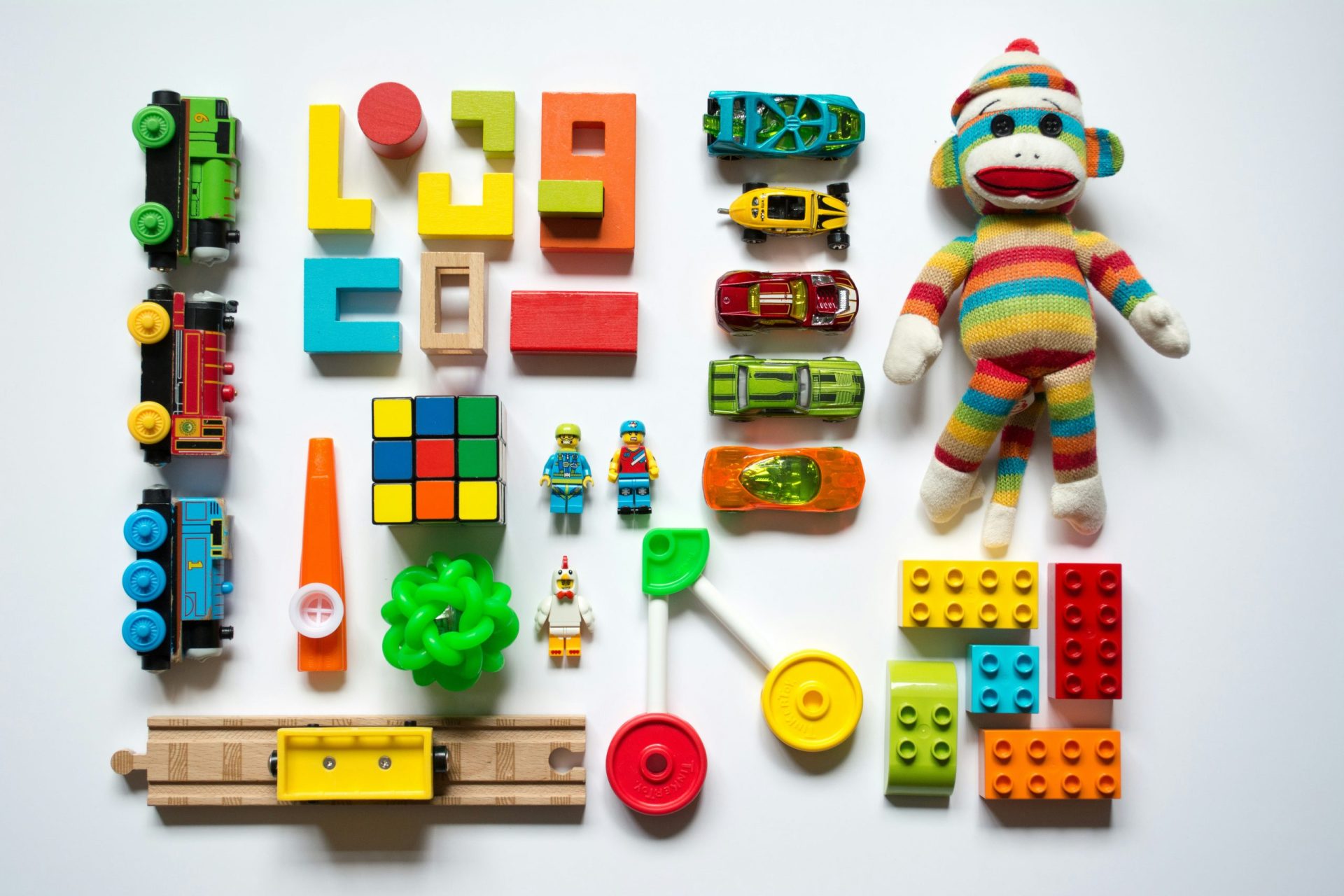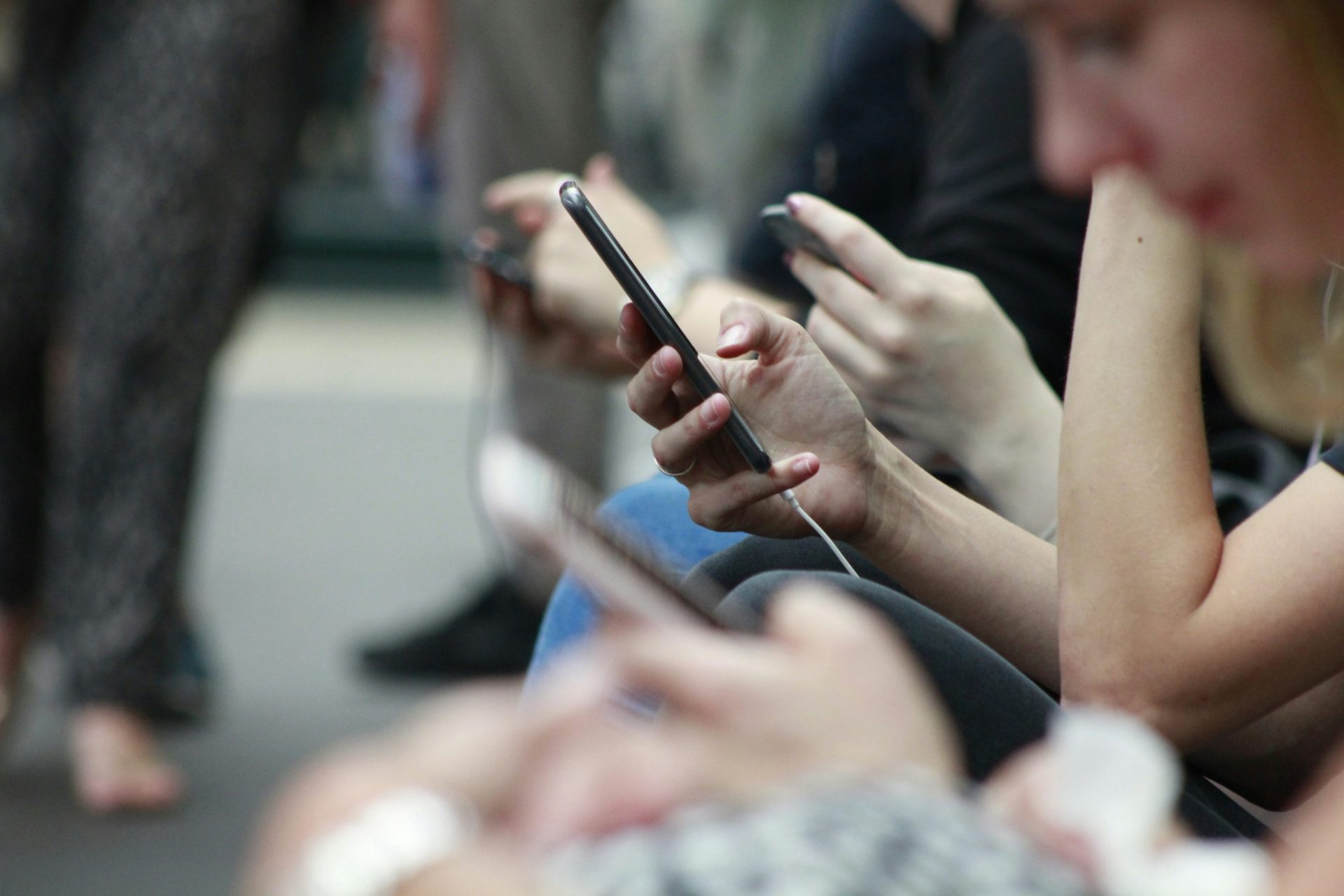Accessibility in websites and applications matters greatly for a user’s welfare, especially for those with physical, intellectual, and mental health disabilities. Accessibility allows them to still get the best user experience despite their challenges, making it an essential requirement for modern innovations.
As more technology emerges, digital transformation strategy consulting provides great help in the implementation of strategic goals and transition to new uses of technology. This, too, can influence any competitive UX design agency into creating more accessible and convenient designs for their users.
A huge number of people with disabilities also need access to helpful technology to enable them to be productive. In an article from Interaction Design Foundation, it was found that there are at least 1-1.3 billion people with disabilities, and it is not debatable that those people can be users of technology. It would be great to consider them and their needs in designing more user-friendly websites and applications, utilising technology for greater effectiveness.
A lot of UX and UI designers can be seen on TikTok, YouTube, and other online platforms, often giving tips and techniques about the industry—what to include in designs to improve them and make apps user-friendly to draw more users without sacrificing convenience and accessibility.
Let’s take a look at some of the things that designers can be mindful of when designing websites, applications, and more.
The Colour Palette
Colours do play essential roles in everything, especially in design! It sets the mood for viewers, gives a certain direction to users, and believe it or not, can affect people who may have Autistic Spectrum Disorder (ASD).
Most people know that autism is a spectrum, and according to the UX Collective, their response to visuals is different from how those without ASD respond to them. Due to their hypersensitivity, having colours and shapes that are simple and visually light on the eyes can accommodate them much better.
To cater to more people and their needs, a considerate and convenient choice of colours would be a great way for providers of user experience design services to make their designs friendly and accommodating to a variety of people.
Shapes: Rounded or Pointed?
Shapes are often used to visualise a button or a logo; often, shapes (as visual representations) can help give emphasis to elements inside a design, hence guiding users as they navigate inside the website or application.
Aside from that purpose, an article states that shapes such as rectangles and circles, rounded edges, and pointy ones, can affect human perception. Rounded corners often give users a calm, harmless, and friendly vibe while pointed corners give off a strong and dynamic vibe.
With that, it can be said that using simple shapes wisely could help users get the most out of your design. The goal is providing accessibility and convenience to accommodate everyone, right? Carefully selecting shapes could help help you achieve this.
Considering the visual “vibe” that shapes give off, it would be smart to choose round-cornered ones—well, depending on the need or the client’s preferences.
In choosing the best shape that fits your UI UX design, a usability testing agency can be your best friend. Remember that user’s needs should be prioritised so a variety of them can be served well.
Digital Accessibility
Having speech recognition and read-aloud options such as a Voice User Interface may be an option for the convenience of most people, but for those with physical and mental disabilities, it is a great tool for navigation. It allows them to freely use a website, webpage, or application without being hindered by their disability.
Being mindful and carefully considering digital accessibility aids the needs of various individuals. Having options such as speech recognition and read-aloud would offer help and convenience not just for one person, but for everyone.
Conclusion
From colours to shapes and other accessibility options, choosing well-planned and excellent UI UX design to cater to more people regardless of what they can and cannot do helps empower every individual.
By setting up websites and other digital products and platforms to be able to serve the needs of ALL people can help make the best user experience anyone could ever have. The digital world is for everyone so it must be a space where everyone can enjoy access.
In considering the needs of varieties of people, it is best to partner with a company like us that specialises in UI UX Design. We are User Experience Researchers Singapore (USER), a Singapore-based design and development firm. To know more about us and our services, don’t hesitate to send an inquiry through https://dev-user-website.useritech.com/contact/.





